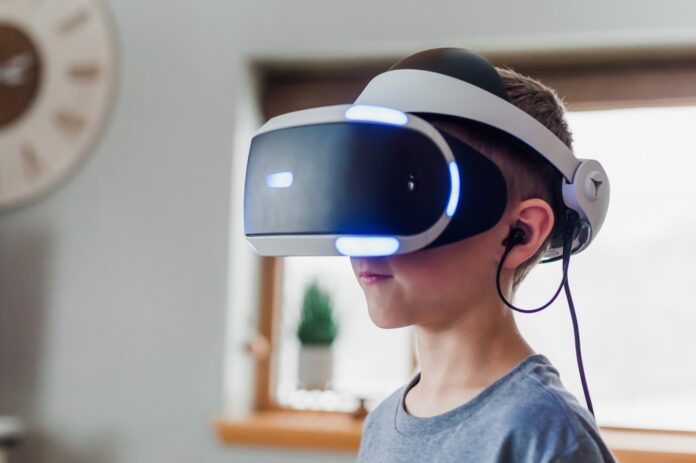Extended Reality (XR), is the new tech on the block. It encompasses AI and VR technologies and has been silently conquering the gaming industry over the past many years. Recently, this tech has gained some traction in the education and training space.
However, COVID-19 has accelerated the adoption of XR tech. This technology is completely virtual, contactless and delivers outstanding brand experiences. This is the best possible alternative today taking in the current situations.
Customers and Virtual Shopping
Considering consumers today, XR is changing online shopping and making it a phenomenal, virtual experience. 360-degree store layouts are the new visual experiences that allow consumers to explore and discover products at leisure, exactly as they would in the real world however from the ease of their homes without moving an inch – a holistically comfortable, varied experience.
A shopping experience where one could tag family and friends and go on a communal virtual shopping trip is seemingly the next new agenda. While online shopping allows people to share their wish lists, immersive virtual shopping experiences just redefine every tidbit.
Also, the option of virtually bumping into social contacts who are shopping at the same place as you will no longer want to go out to the stores physically. Social alerts on their buys and a native chat application will bring us as close to the real deal as possible.
Customers can also choose to interact with store assistants and these experiences can be designed to be akin to invested conversations with the brand. Consumers are also encouraged to make intelligent buying decisions with information like offers, reviews, sizes, colors, etc.
Tech Collaborations
ThoughtWorks’ TellMeMore is an app that imbibes these abovesaid immersive experiences– provide a better in-store product experience by overlaying information like book reviews, the number of pages, etc.
Virtual Positioning Systems helps build indoor positioning applications for large premises like shopping centers, airports, train stations, warehouses, factories, etc. and In the case of a retail store, these systems will help facilitate users to mark, locate and navigate to specific items on virtual shelves within the virtual stores.
Virtual trials are the next diabolic possibility for virtual consumers. This would assist customers to try products from fashion to makeup and even cars and houses at ease and in much detail. The main expected outcome is that when this is a collective experience for customers’ immediate connections – the resulting emotional connection with the retail brand will be long-lasting.
Reach
Adding tech like Haptics can take this experience to a whole new level, introducing the sense of touch to customers’ shopping experiences. For retail enterprises, the most obvious advantage of XR is stores being open 24/7 and 365 days a year. Enterprises also have the opportunity to personalize their VR store layouts to customize their customers’ shopping experiences.
Not all customers might own Head Mounted Devices (HMD). Thus it is advisable that Retail VR experiences should not be limited to certain devices but should enable immersive shopping experiences through a wide spectrum of devices. This will lead to explosive growth in the XR space thereby attracting more customer adoption.
Follow and connect with us on Facebook, Linkedin & Twitter

